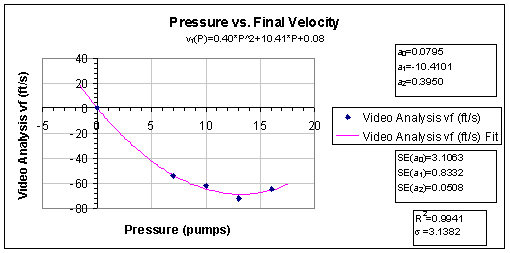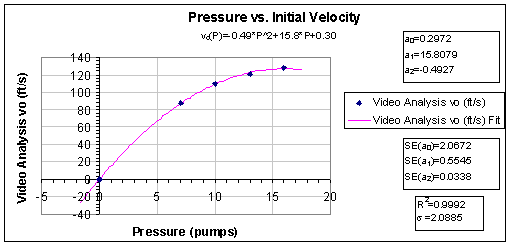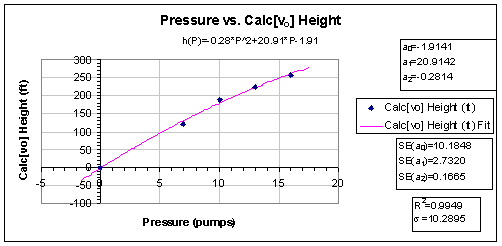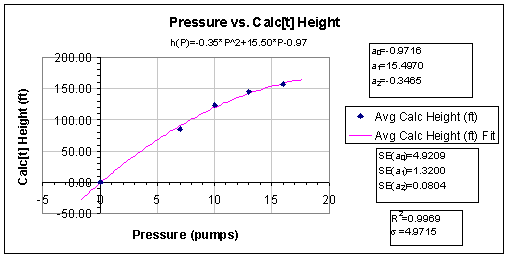![]()
This is Lucile. This is the rocket Trevor Bates, Samir Jenkins, and I launched. As you can see its odd looking because it has 8 fins, instead of 4 like most other students rockets. I would like to show you our video but it is lost floating around somewhere on the school network. If I ever find it next year I will post it. Basically our rocket went up about 20 feet and did a nice "very bad, upside down G" curve and hit a bench, it was really awesome. Being so proud of our rocket we had to figure out what was wrong. We figured out that our fins were not exactly centered with the small fins and the larger bottom fins. We reglued them and made sure everything was alligned correctly, We realized that our rocket didnt have enough weight to keep it going straight. We took a chunk of clay and stuck it in the top of the rocket. Then we launched the rocket and it worked much better than last time. It didn't go as crazy, but still did a loop and ended up in the parking lot. Our final conclusion is that 8 fins do not belong on a rocket. If you have any questions about how to build a cool rocket or building a rocket that doesnt fly to well contact me (visit the contact page). If you want to build a good rocket refer back to my rocket links on my links page. There are some good articles on how to build, where to get the supplies, and pictures of other people's rockets.
![]()
Lost with our Video of our rocket, our Video Point with graphs it in the internet somehwhere as well. I did some reasearch and I found a good site which visually showed data of some rockets.
- The following two graphs represent the video analysis data for the rocket's initial and final velocities plotted against pressure. By using modeling software, we found that a binomial fit represented the data most accurately.


- The final two graphs represent the calculated maximum heights for the rocket, using only time or only initial velocity, plotted against pressure. Again, through the use of modeling software, we discovered that a binomial fit was the best match for the data.


For a more in depth look at where I recieved my information visit http://www.albertson.edu/physics/PHY271_F01/Projects-2002/JerDyl/Rocket_Data.htm